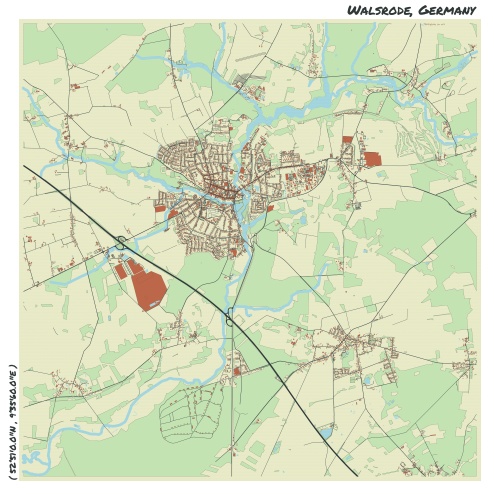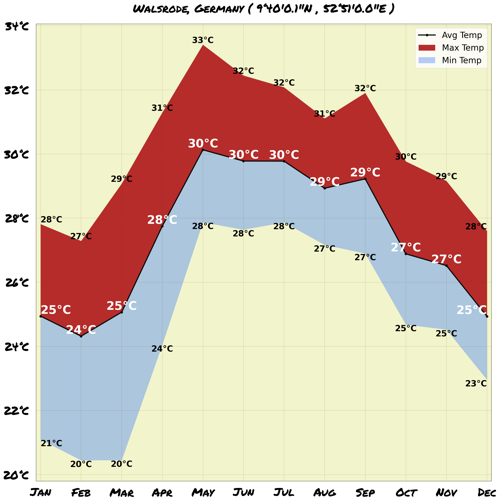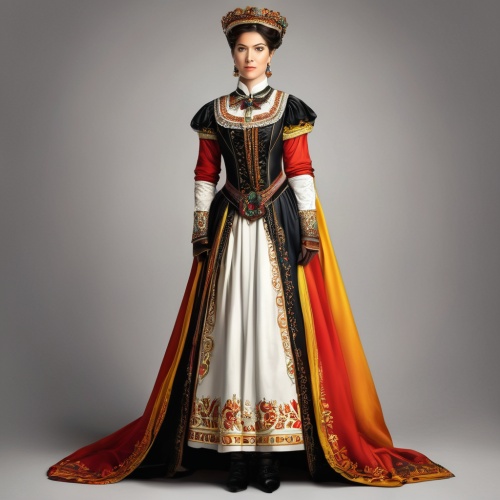Understand
Walsrode is a historical city that dates back to the 10th century. It was founded by Count Walo and later granted city rights by the Dukes of Brunswick and Lneburg. Throughout its history, Walsrode has faced significant challenges, including destruction during the Thirty Year War and a devastating fire in 1757. However, the city has always managed to rebuild and thrive. One of Walsrode's notable residents was the renowned sculptor, Hans Brggemann, who was born here in the 15th century. His masterpiece, the Bordesholmer altar, is a testament to his talent and is admired by art enthusiasts from around the world. The beauty of Walsrode extends beyond its historical significance. The region is blessed with breathtaking landscapes, including expansive heaths adorned with vibrant purple flowering heather, striking dark green junipers, and bright yellow gorse bushes. Surrounded by colorful forests, fertile fields, and rolling river valleys, the picturesque scenery of Walsrode is truly enchanting. In 1890, Walsrode was connected to the railway network, opening the door to easier transportation and further development. Additionally, the city holds a special place in the heart of the local poet Hermann Lns, who drew inspiration from the idyllic heathlands for his novels and poems. Lns rests in eternal peace in Tietlingen grove, forever bonded with the land he cherished. Today, Walsrode is also known as the site of the Federal Border Police, hosting their training and education center. It is a city with a rich history, a captivating natural landscape, and a sense of resilience that defines its spirit.








Comments
NO COMMENTS